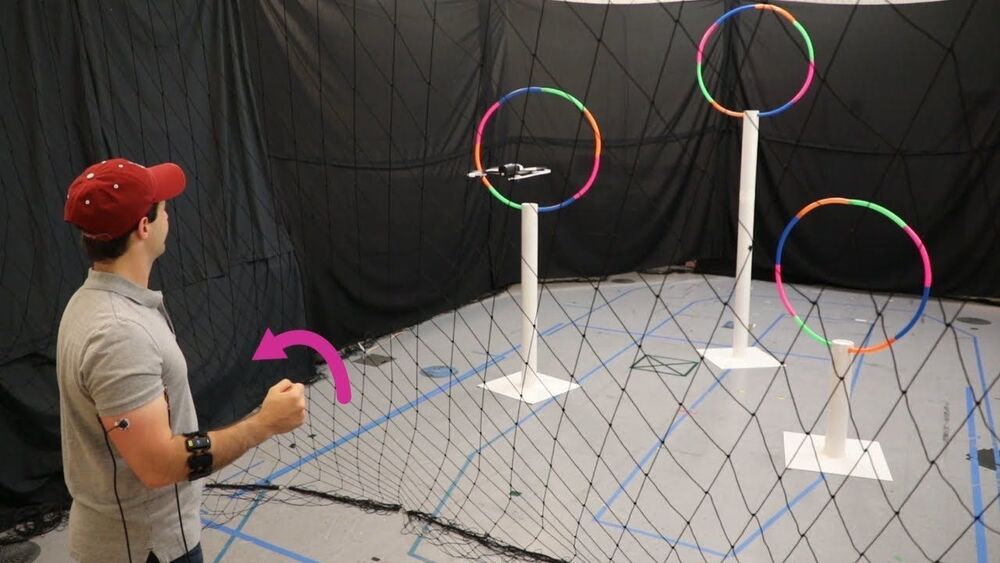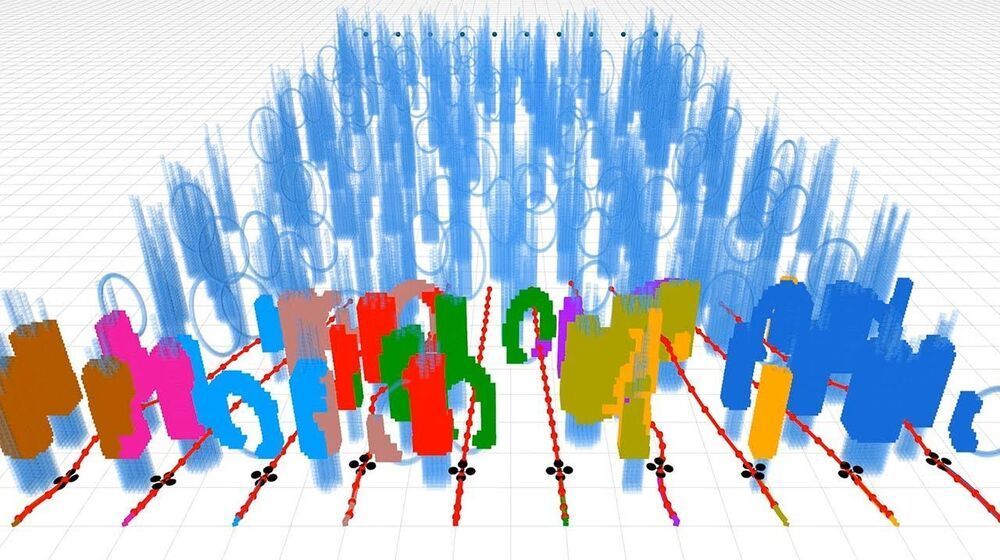Jan 4, 2021
Meet Joe, the drone that herds cattle (or camels)
Posted by Quinn Sena in categories: business, drones
Two Israeli cowboys introduce drone technology to save time and manpower in the rugged business of cattle (or camel) ranching.
Two Israeli cowboys introduce drone technology to save time and manpower in the rugged business of cattle (or camel) ranching.
Unmanned Aerial Vehicles (UAV), commonly referred to as drones, may prove to be a valuable tool in the battle against pandemics like COVID-19. Researchers at the University of Calgary, the Southern Alberta Institute of Technology (SAIT), Alberta Health Services (AHS) and Alberta Precision Laboratories (APL) are partnering with the Stoney Nakoda Nations (SNN) to deliver medical equipment and test kits for COVID-19 to remote areas, and to connect these communities to laboratories more quickly using these remotely piloted aircraft.
Access for all
“We know that testing for COVID-19 is one of our most effective tools against its spread. Many remote communities in Canada do not have easy access to testing centres and medical supplies to support rapid testing and containment. Drones can help us respond to that need,” says Dr. John Conly, MD, medical director of the W21C Research and Innovation Centre at the Cumming School of Medicine (CSM) and co-principal investigator on the project.
Since when did Google/Alphabet care about privacy? “Google (technically, Alphabet) isn’t too happy about those new rules, as it turns out. The company’s drone delivery subsidiary Wing wrote a somewhat fearmongering post (via Reuters) titled “Broadcast-Only Remote Identification of Drones May Have Unintended Consequences for American Consumers,” which argues that the FAA’s decision to have drones broadcast their location might let observers track your movements, figuring out where you go, where you live, and where and when you receive packages, among other examples.”
Google isn’t too happy about the new FAA Remote ID rules for drones. Alphabet subsidiary Wing wrote a post titled “Broadcast-Only Remote Identification of Drones May Have Unintended Consequences for American Consumers,” arguing your privacy may be at stake.
The craft matches an underwater glider that China builds, which is capable of traveling for weeks and over huge distances.

A video uploaded by the CSAIL team shows off the system. The drone pilot is able to maneuver a small drone through a series of rings easily just by twisting, raising, and lowering his forearm thanks to a device strapped around his arm.
The goal is to make controlling the drone — and potentially other pieces of technology — as natural as possible by harnessing human intuition.
Continue reading “This System Lets You Fly a Drone With Arm Gestures” »
It started as a regular, recreational drone flight. It ended with the rescue of a woman who was lying motionless on the beach. #dronesforgood
Go big or go home. This Alabama-based start-up just unveiled the biggest drone in the world — and it looks sublime. The massive drone, called the Ravn X, is designed to launch small satellites into orbit while airborne.
Aevum — the space startup — has worked mainly in the background, until yesterday when they unveiled their gigantic autonomous drone.
They built the high-altitude aircraft and launch vehicle to ferry satellites to orbit and improve space access — similar goals to space-tech leaders like Virgin Orbit, Rocket Lab, and SpaceX. But if you want to get ahead of the competition and can’t be the first, why not be the biggest?

😃
Approach could speed up search and rescue missions and forest surveys.
Continue reading “Watch a swarm of drones fly through heavy forest—while staying in formation” »